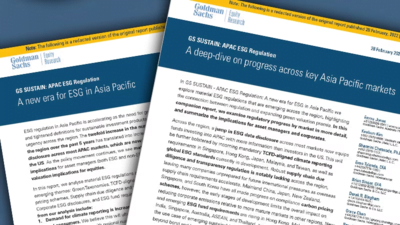Research Summary
The report discusses the factors influencing wage growth in the UK, with a focus on structural unemployment and labor market tightness. It also explores the role of inflation and the impact of changing migration patterns on the labor market. The report further analyzes the potential for wage growth normalization and the implications for the Bank of England’s monetary policy.
Key Takeaways
Structural Unemployment and Wage Growth
- Structural Unemployment: The report suggests that structural unemployment has risen modestly since the pandemic. This increase, coupled with a tight labor market, has contributed to high wage growth. However, the report also notes that measures of mismatch have fallen back to 2019 levels, indicating that the labor market is not as mismatched as it might seem.
- Role of Inflation: The report highlights the significant role of price inflation in driving wage growth. It suggests that wage growth is driven more by inflation “catch-up” effects rather than expectations of future inflation.
- Impact of Migration Patterns: Changes in migration patterns, particularly post-Brexit, have affected labor supply in certain sectors, potentially increasing mismatch. However, the report notes that the mismatch between industries has fallen back and is now below historical averages.
Wage Growth Normalization and Monetary Policy
- Wage Growth Normalization: The report anticipates that wage pressures will ease in the near term due to falling headline inflation and continued monetary policy drag pushing unemployment slightly higher. However, it also warns of the possibility that wage growth normalization could slow in 2024 as the labor market remains tighter than historical averages.
- Implications for Monetary Policy: The report suggests that the Bank of England may need to hike rates further if wage growth normalization slows. It also notes that firms anticipate pay growth of roughly 5% over the next twelve months, which is above levels consistent with the inflation target, potentially putting pressure on the Bank of England to raise rates.
Actionable Insights
- Investigate the Potential: The report suggests that investors should consider the potential impact of wage growth and structural unemployment on the UK economy and monetary policy. It also highlights the importance of understanding the role of inflation and changing migration patterns in shaping the labor market.
- Monitor Wage Growth Trends: Investors should monitor wage growth trends and the pace of wage growth normalization. This could provide insights into the future direction of monetary policy and the potential impact on investment returns.
- Consider the Impact of Labor Market Conditions: The report suggests that investors should consider the impact of labor market conditions, including labor market tightness and mismatch, on wage growth and inflation. This could help inform investment decisions in sectors that are particularly affected by these factors.












